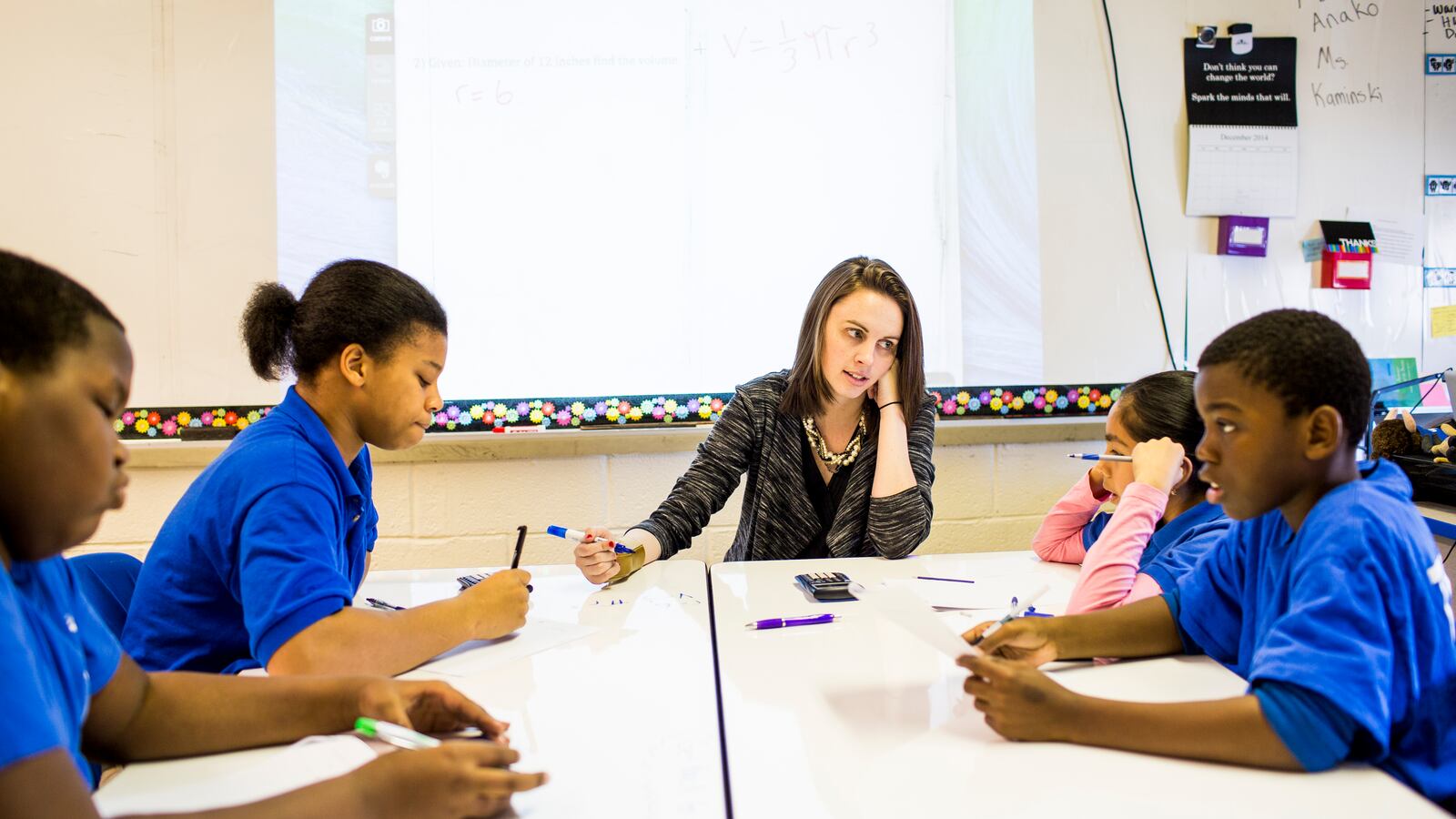Mayor de Blasio recently announced that last year was the safest on record for New York City schools. While I know that teachers like myself are celebrating this milestone, the fact is that when a violent act does occur in our schools, the city’s guidance and support can be worryingly absent.
This became obvious to me when my eighth-grade student Elijah began acting out following a violent attack. With more specific training, I think my colleagues and I could have done better to help him, instead of isolating him, during his time of need.
When I first met Elijah, a precocious and gregarious teenager, he was always eager to share family photos and lively updates on his newest adventures. We joked about subjects ranging from his sister’s ugly sweater party to their trip to Disney.
But one morning Elijah entered my classroom without his trademark smile. It took some time before he explained how his walk home the day before had been so different from my own.
In a case of mistaken identity, a group of teenagers had shoved Elijah and his cousin to the ground and aimed a gun at their backs. Thankfully, Elijah’s emotional intelligence far surpasses his 13 years, and using his characteristic savvy and charm, he de-escalated the situation and the boys let them go.
While Elijah escaped physically unscathed, scars aren’t always physical. The experience of being attacked stayed with him, and despite our best efforts, my colleagues and I had not learned the skills to help him heal. An aura of gloom became Elijah’s new trademark, and he began acting out.
Without the tools to support students struggling with their emotions, teachers routinely sent Elijah to the “stay back” room, bleakly and aptly named for the space where we are forced to send “troublemakers” in order to continue teaching without disruption. A damaging substitute for the mental health aid these students need, the “stay back” room functions like a holding cell in which teachers become guards for students excluded from the classroom.
It was in this room one day that Elijah and his friend argued. The supervising teacher did not have the tools to de-escalate the dispute, which quickly grew physical. Elijah was suspended for 15 days.
My school’s inability to meet Elijah’s needs isn’t due to a lack of empathy, interest, or investment in its students. Our entire staff cares deeply about Elijah, but individual staff members knew few alternatives to address his behavior besides punitive discipline.
This is true not only at my school, but schools across the city. This May, Educators for Excellence surveyed 2,100 city educators on how best to expand non-punitive practices. Fifty-seven percent identified ongoing training and consistent implementation as the most important factors in that work.
Teachers should learn to use “restorative circles,” a dialoguing tool, to create space for students to express themselves in productive ways and foster a sense of community. They should learn to recognize and defuse conflicts and reintegrate students into the school community when a crisis does occur. With more experience with those techniques, I think we could have both better prevented and managed Elijah’s behavior while helping him grow.
New York City has been promoting these practices, and helping some teachers in some schools get that kind of training. But like many initiatives, it is starting small. I hope all of New York City’s teachers get that chance to learn how to best help students like Elijah.
Melissa Dorcemus is a middle school special education teacher in Manhattan and a member of Educators for Excellence-New York.


